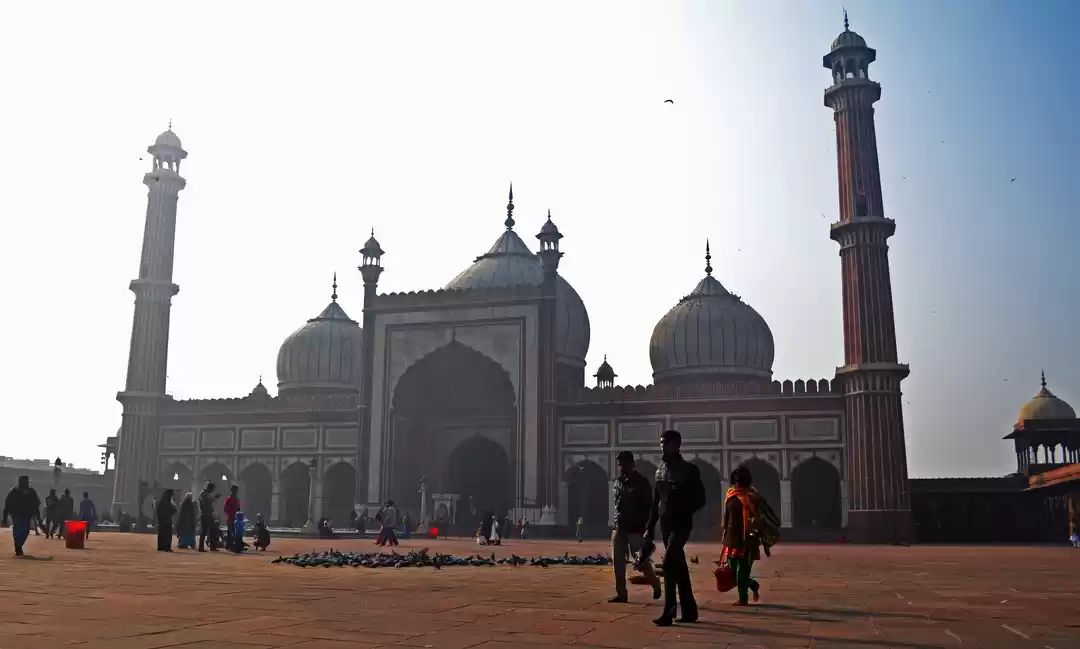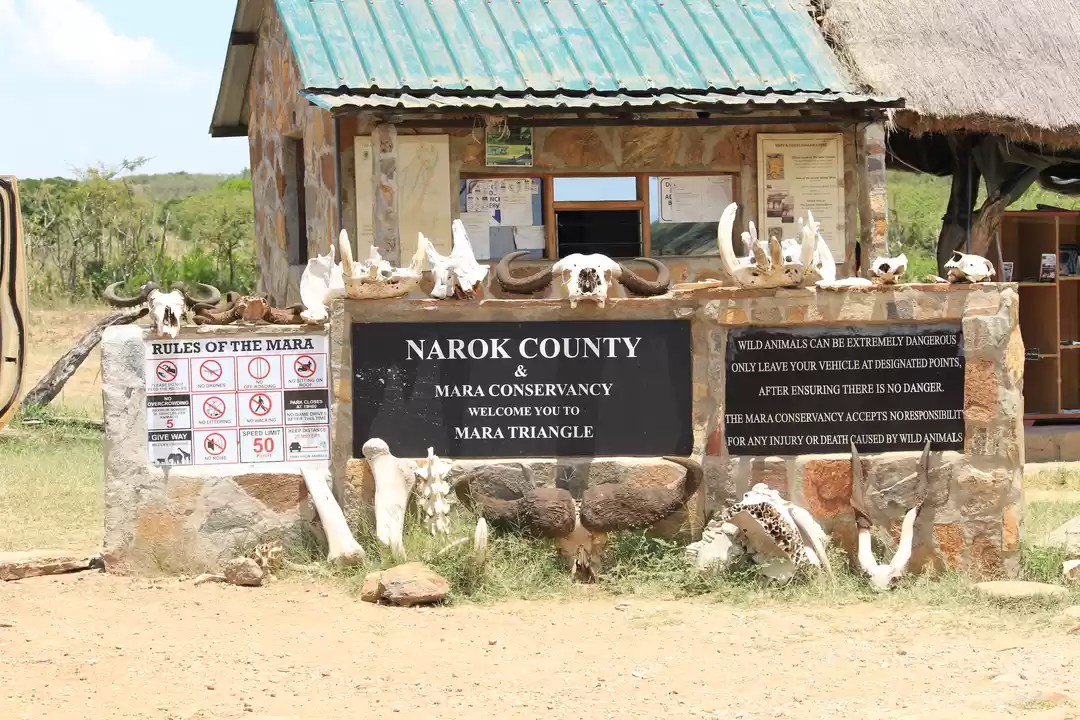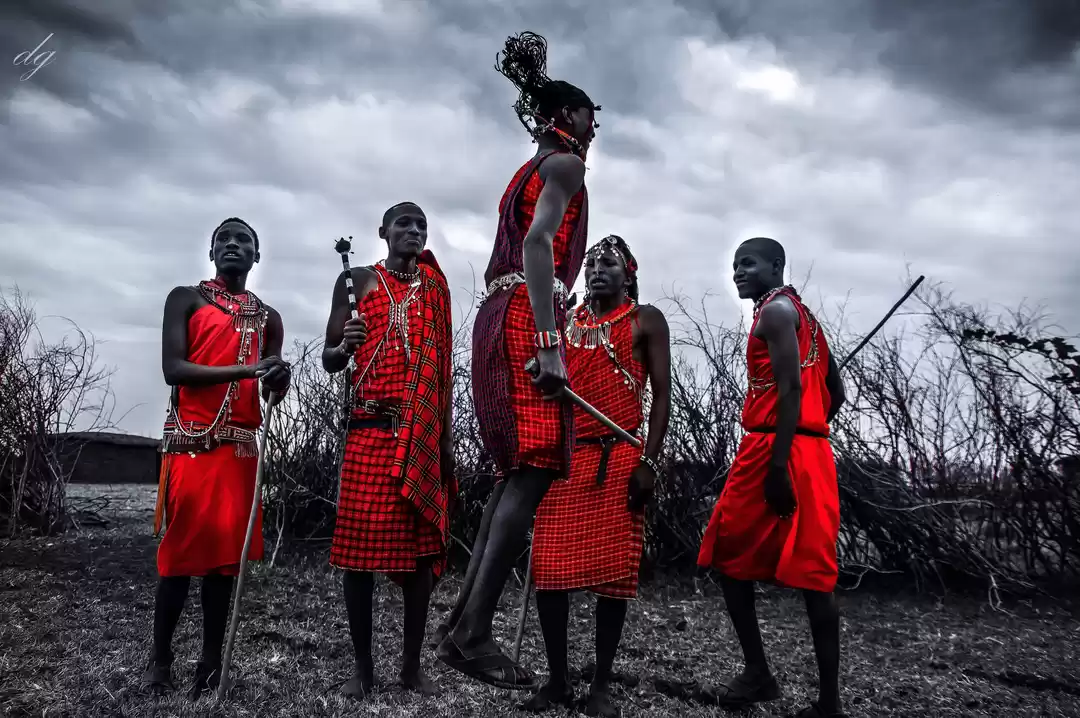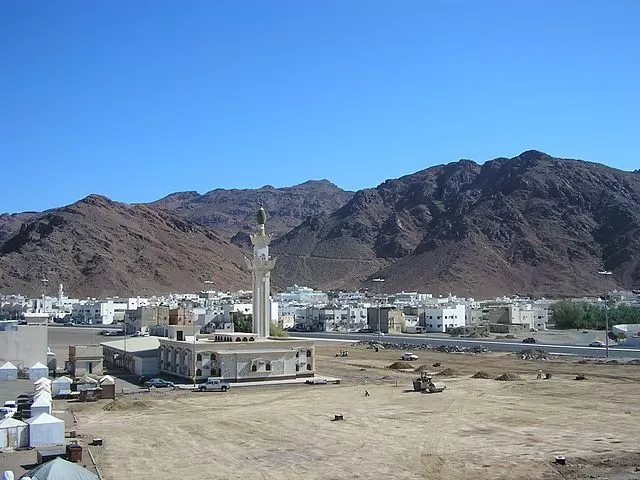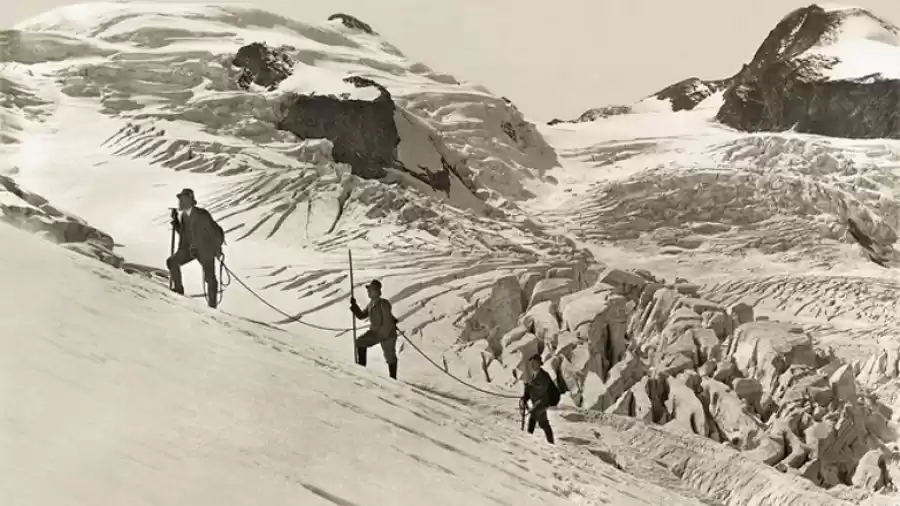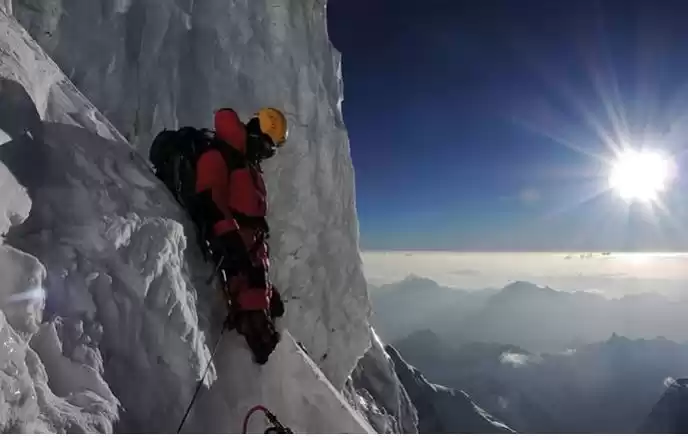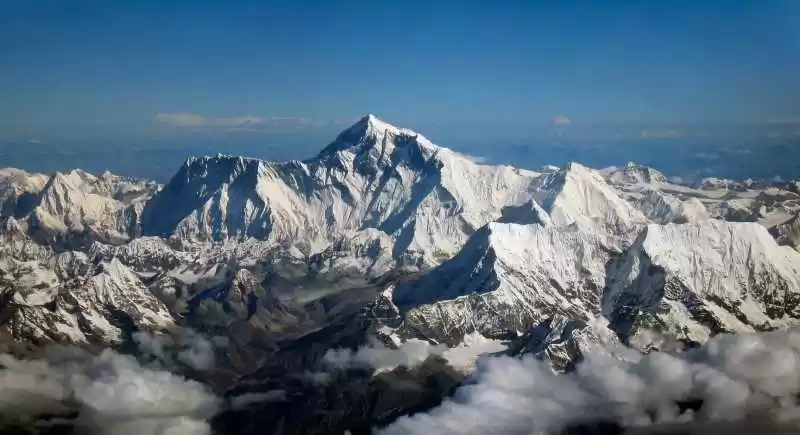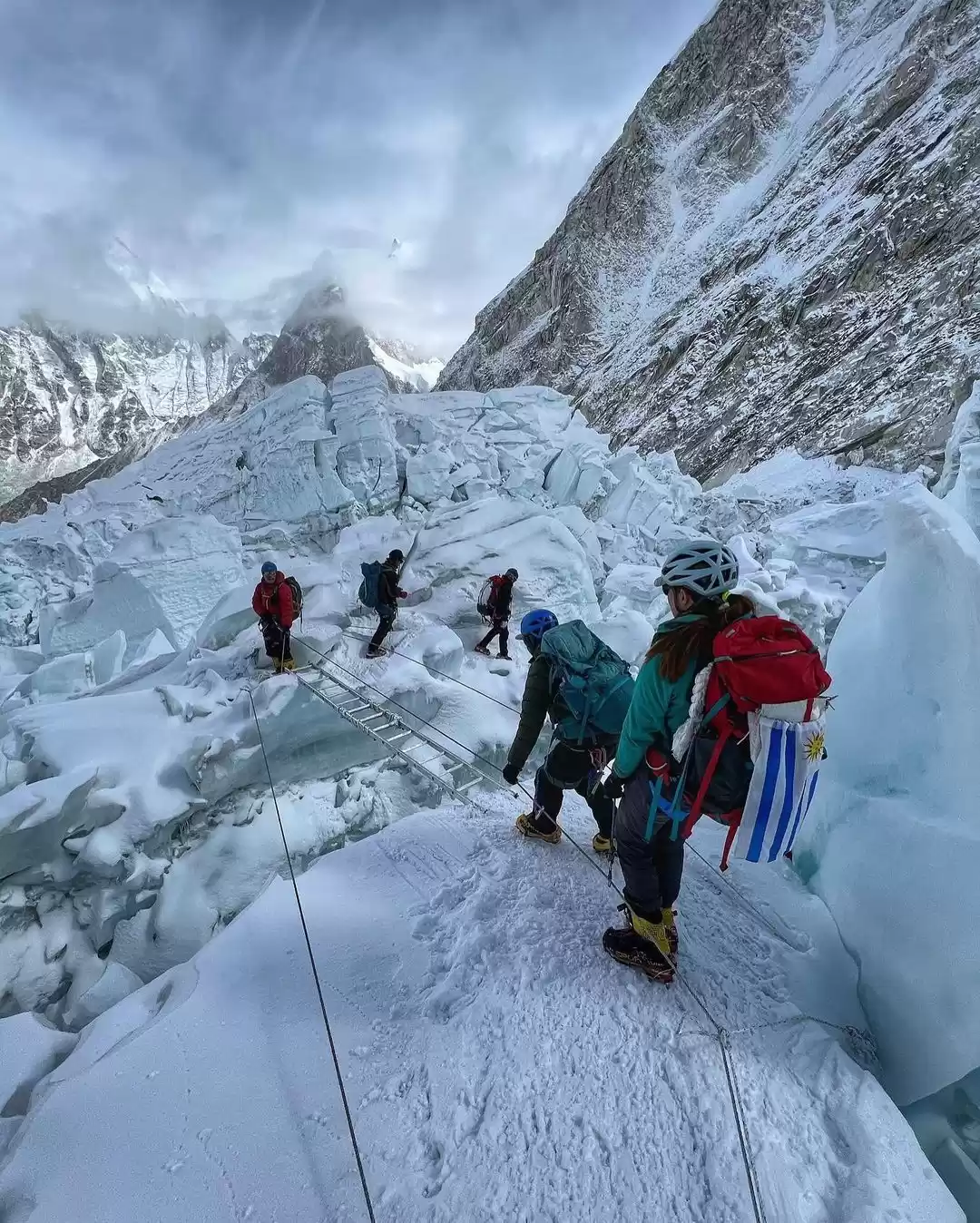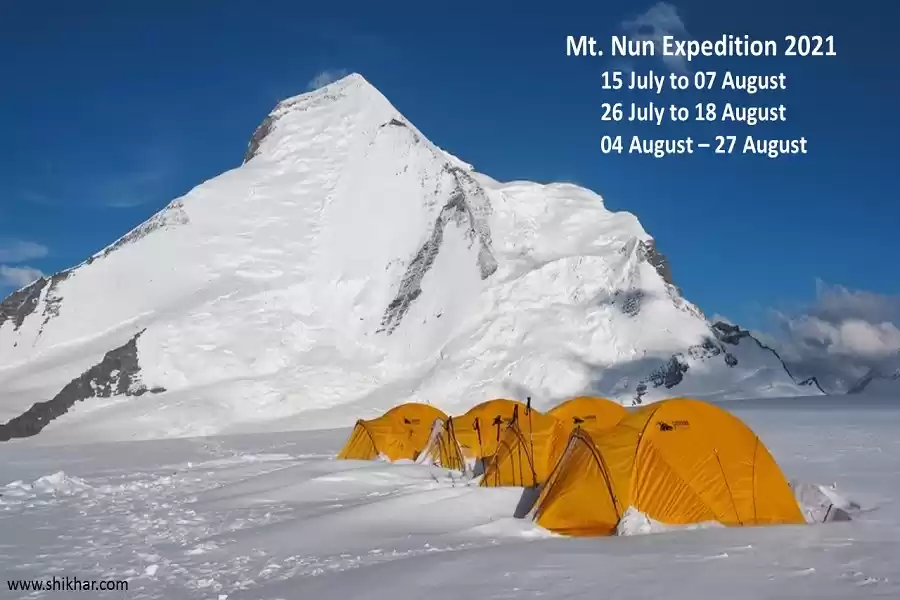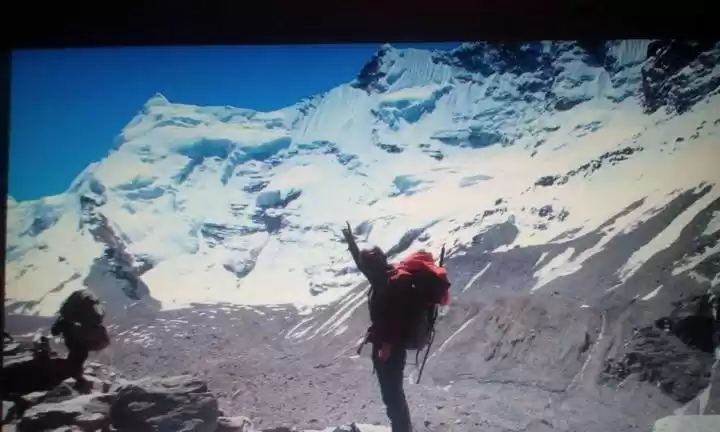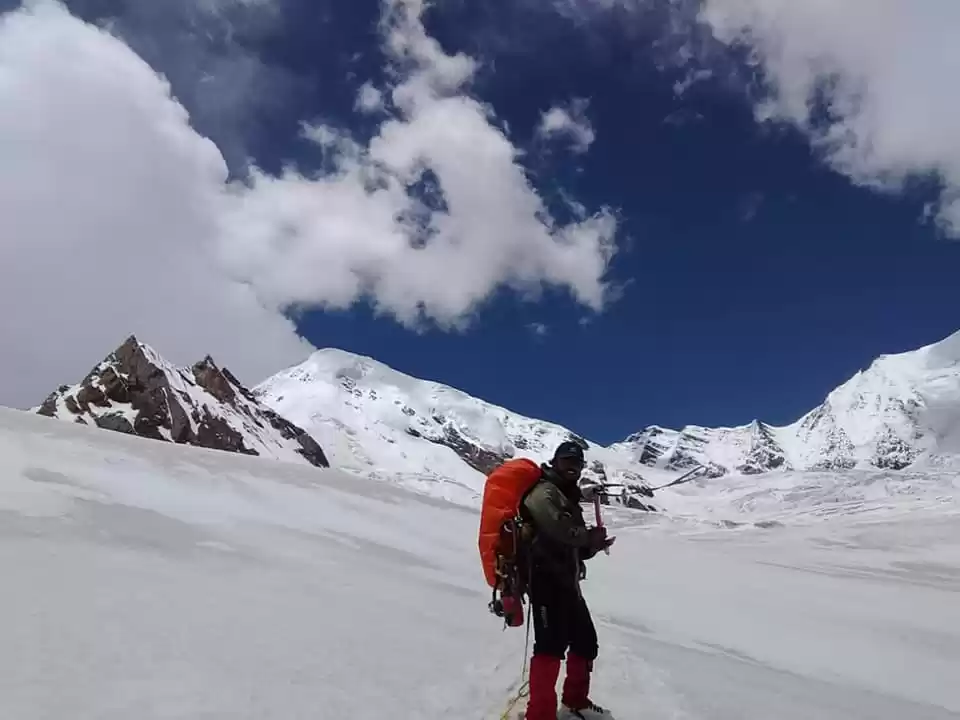
Priyanka Mangesh Mohite (26), a professional mountaineer from Satara, Maharastra, has been making some giant and historic ascents. She remains a lasting inspiration for Indian mountaineers as the 3rd youngest Indian to summit Everest (she was 21) and the first Indian woman to summit Mt.Makalu, a terrifyingly technical and mentally strenuous 8,000er peak. This isolated peak in the Malalangur Himalayas (19kms southeast of Everest), is the 5th highest in the world.

I have had the opportunity of interviewing her and getting to have a few questions answered. Questions I have been juggling with, oriented towards mountaineering in India; as a career and other things about it. I wanted to know what exactly is the scene?
Here is what Priyanka had to say:
Q. The question is a classic starter, can you tell me what got you inclined towards mountaineering?
A. Satara is called 'The city of hills' in Maharashtra; is where my roots are. I started trekking and climbing when I was very young, accompanied by my uncles. I was exploring the Sahayadri mountain range.
I started trekking professionally with groups from my 7th standard and after my high school I did my basic mountaineering course from Nehru Institute of Mountaineering 2010 and then, did my advanced 2 years later.
Q. What were your best and worst moments on the Mt.Makalu expedition?
A. My best moment was when I completed the summit on 15th May, I descended by the evening to wish my mom a happy birthday!
Worst moment was when I heard about the deaths of two Indian mountaineers who were attempting to descend Mt.Makalu's summit. I knew one of them, Dipankar Da, I felt very sad about it all.
Mountaineering is an extreme sport with unfortunate circumstances beyond the scope of training and professionalism. It is a kind of a calculated chess with death, I thought to myself.

Q. You are the third youngest Indian to summit Mt.Everest. Do you think it has become just another overcrowded tourist destination from being the Mecca of mountaineering?
A. Yes, it has unfortunately become so these days. I have seen the traffic jam photograph of people stuck in line on the ridge of Everest. It was a crazy decision to summit by climbers that day!

Q. K2 is called ‘The Savage Mountain’, and is considered arguably the toughest technical mountain to climb in the world. Do you have any plans of attempting a K2 summit expedition?
A. K2 is my dream peak! But unfortunately Indians are not allowed to climb as the Pakistan government does not allow it from their side.

Q. There is a huge belief among the Phadi people from mountainous regions, that people belonging to the plains have it plain easy to gather funds/sponsorships for 8,000er expeditions, and do not have their skills on par with the Pahadis. What do you have to say on this?
A. I feel very proud of all the people who live so close to the sea level and still get acclimatized for peak summits that are 8000 meters + above mean sea level. It is the biggest achievement and not an easy one at all in my opinion.
Its wasn't easy for me to get sponsorships or grants. I am still short of 3 lakh rupees to pay my agency, Pioneer Adventure for the Mount Makalu climb. Only when I pay them the full amount, they would release my certificates.
I still do rock climbing and practice hard in Maharashtra. Skills just get better with climbing and practice.
Q. Any advice you can give to passionate mountaineers (Pahadi or Plain) about applying for funding/sponsorships for high altitude summits?
A. Just keep working hard and have good presentations to show companies and sponsors, there is no other way really.
Q. What are your thoughts on mountaineering as a career in India?
A. Mountaineering and trekking have a good career scope. But safety first. I hear so many accidents that new comers face, although it is good to organize treks and involve more people in the experience, safety cannot be compromised in any way. The concerned personnel should have the experience of being able to handle any situation. Climbers should only go on expeditions with experienced climbers who have good leadership qualities.
Q. What advice would you give to adventure enthusiasts who are just starting to learn the ropes around mountaineering?
A. Before you pack and leave to climb an 8000er, make sure you climb 3-4 6,000m and 7,000m peaks. Take good amount of experience so when you climb, you enjoy it!

Q. Can you share a few key tips for safety and precaution while on high-altitude expeditions?
A. -100 % mental and physical fitness
-Acclimatize properly
-Carry at least 2 extra oxygen bottles and learn how to change them
-Have basic knowledge about Altitude Sickness
-Self Anchorage is a mandate
-Carry enough of everything (gloves,socks and goggles)
-Always change your socks after reaching camp
-Calculate oxygen bottles according to your speed
-If your inner voice is saying you can't do it, turn back. Because the mountain is going to be there, you can come back and climb it, but you've got only 1 life.
Q. Can you please share your perspective on the significance of guides, scouts and porters?
A. They are really hard working and honestly, it gets a little difficult to climb without their support. Sherpas are really strong, their help is crucial during the expedition and they have a great rescue team who can even rescue from 8,000m.
Q. What do you have to say about Alpine style vs. Expedition style of mountaineering?
A. Alpine climbing is much more difficult compared to this kind of commercial climbing (expedition style). Leaving Everest out, I have seen so many alpinists attempting other 8,000ers, there is so much to learn from them. After this particular 8,000m climb, I would love to do an alpine climb!
Q. We all hear about tons of non-managed waste accrued from expeditions conducted over the 8,000ers. What do you have to say about responsible mountaineering?
A. Yes that's right, now, because so many people are climbing these mountains, the government should do something about it. They should allow very less people on Everest. Just a scant few people are left attempting other mountains.
A. Once the season is over, the Sherpas clean and bring everything down from Everest. As responsible climbers we get our own empty oxygen bottles, waste and I also try to take trash and plastic down, as much as I can.

So that dear readers, was what an ace and humble mountaineer had to say about standing not just on the shoulders, but the heads of giants.


